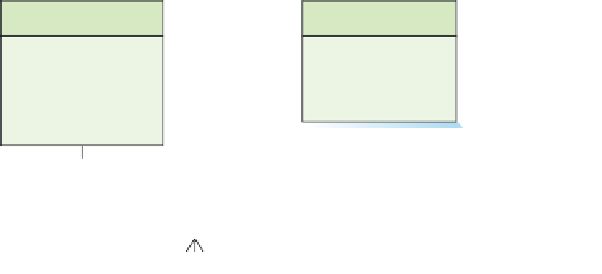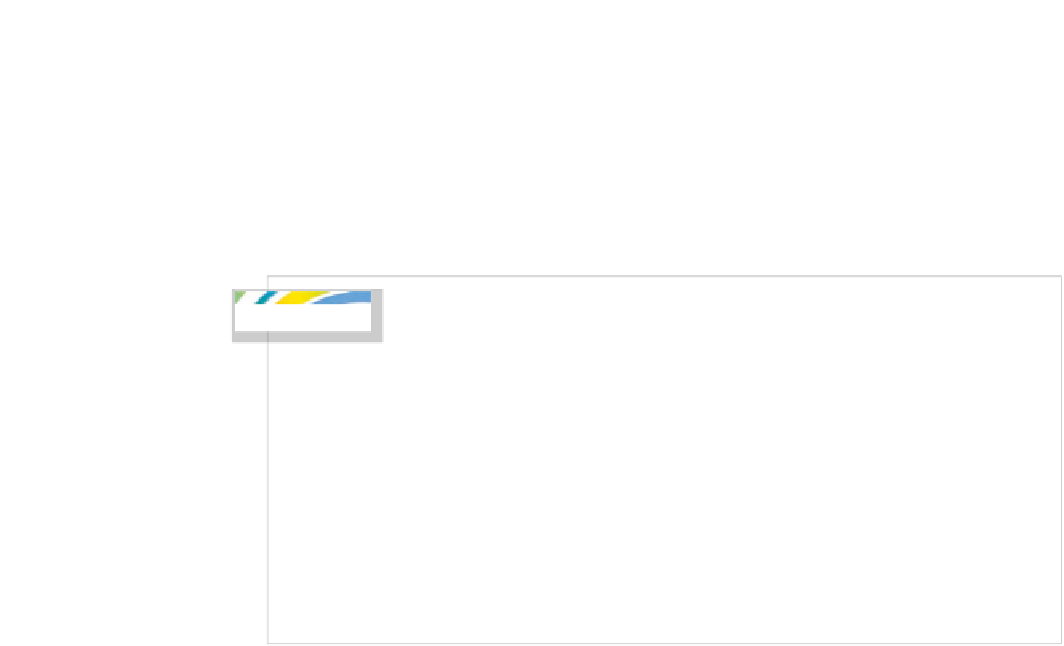Database Reference
In-Depth Information
PART
COMPANY
PartNumber
CompanyName
PartName
SalesPrice
ReOrderQuantity
QuantityOnHand
City
Country
Volume
QUOTATION
PartNumber
CompanyName
Price
(a)
Association Pattern Data Model from Figure 5-22
PART
COMPANY
PartNumber
CompanyName
PartName
SalesPrice
ReOrderQuantity
QuantityOnHand
City
Country
Volume
QUOTATION
PartNumber (FK)
CompanyName (FK)
Figure 6-12
Transformation of
ID-Dependent Entities in an
Association Relationship
Price
(b)
Association Pattern Database Design
not require the rows of the association table, depending on application requirements. In
Figure 6-12(b), a COMPANY need not have any QUOTATION rows, but a PART must have
at least one QUOTATION row.
By The Way
The table that represents the association entity looks very much like an
intersection table; the only difference is the presence of the Price attribute.
Because of the attribute, the need for association tables, such as QUOTATION, will
appear in user requirements. Somewhere there will be a form or a report that has the
attribute Price. However, the need for intersection tables never appears in the users'
world. Such tables are an artifact of the relational model, and no form, report, or other
user requirement will indicate the need for one.
Intersection tables complicate the construction of applications. They must be pro-
cessed to obtain related rows, but they never directly appear on a form or report. In
Microsoft Access, they are frustratingly difficult to mangle into the form and report design
tools. You will see more about this in later chapters. In any case, for now understand the
key difference between association and intersection tables: Association tables have user
data, but intersection tables do not.






























Search WWH ::

Custom Search